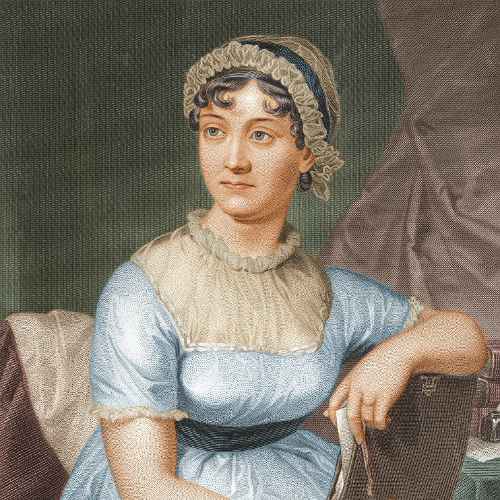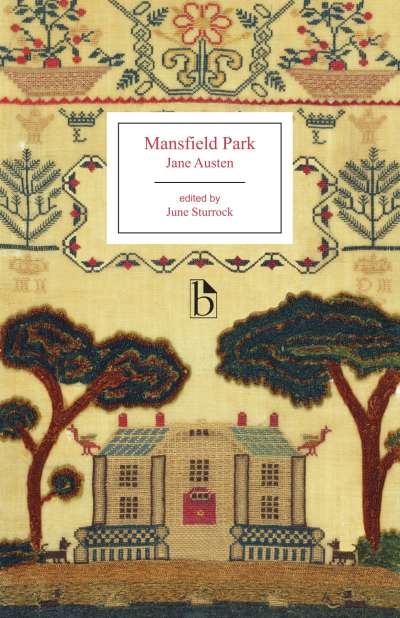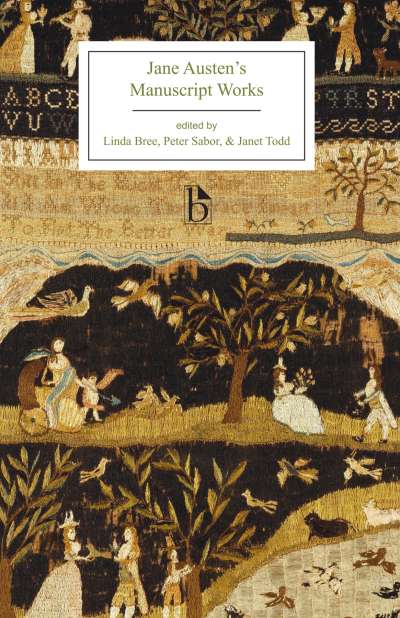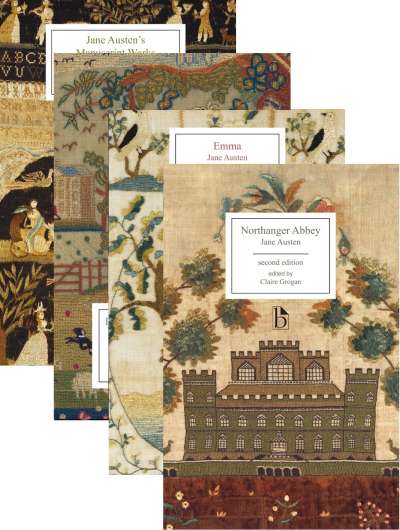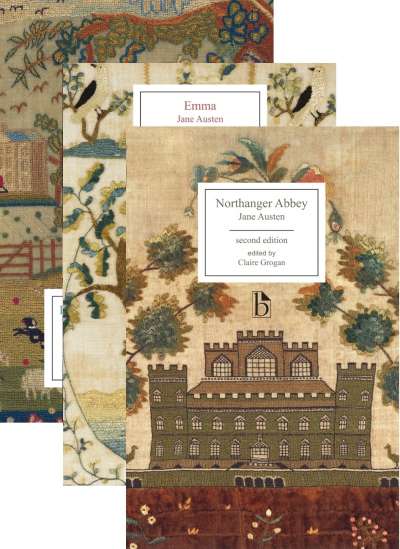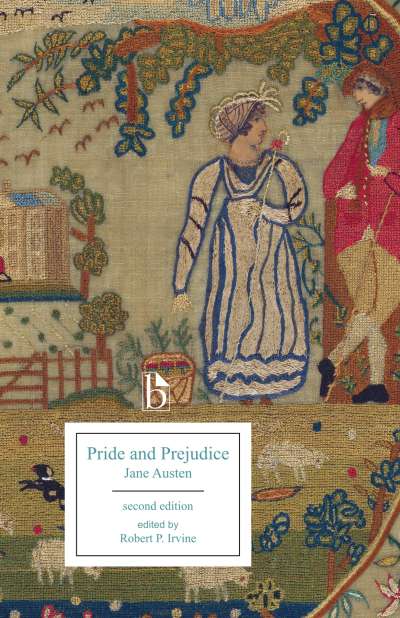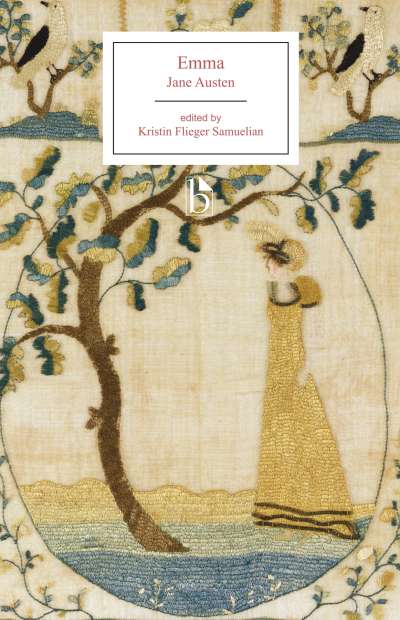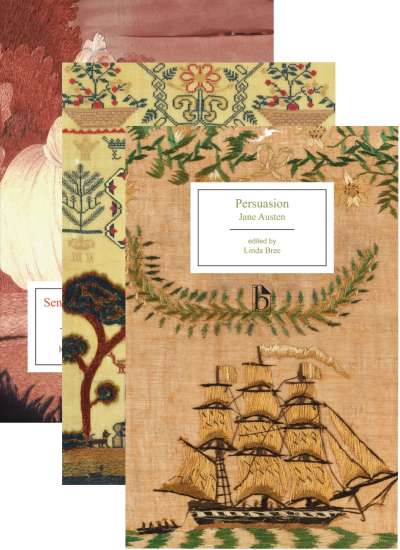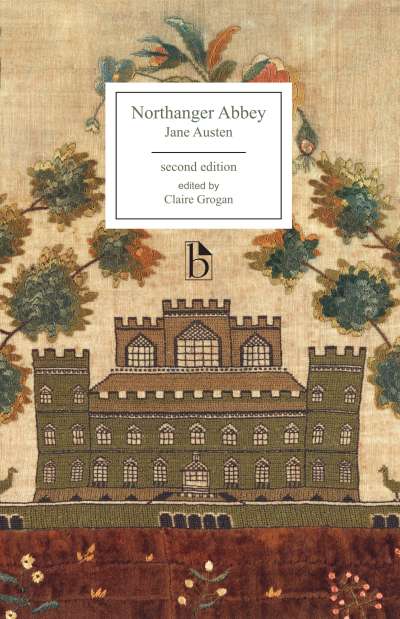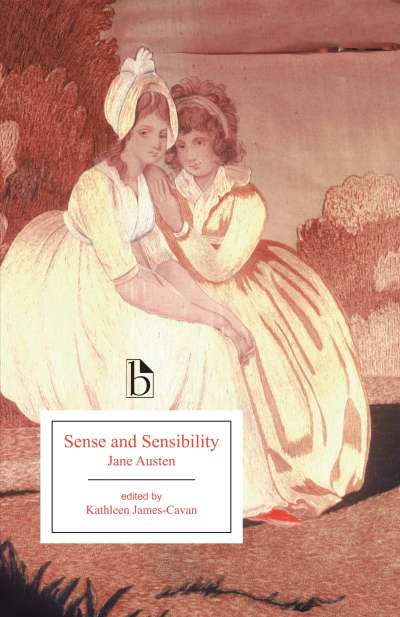Users please note: After you have purchased access to Jane Austen in Context, you can log into the site using the same username and password you used when purchasing this product.
Jane Austen in Context is a flexible and user-friendly online research tool that provides classrooms with a wide range of materials for the study of Austen’s novels, including critical articles, visual materials, and interactive timelines and maps.
A selection of over thirty critical articles and chapters balances classic interpretations with more contemporary approaches, including feminist, queer, new historicist, and postcolonial perspectives. Some pieces, such as Eve Kosofsky Sedgwick’s reading of Sense and Sensibility and Edward Said’s reading of Mansfield Park, focus on one novel but offer widely applicable insights; others, such as those by Marilyn Butler and Franco Moretti, discuss Austen’s full body of work. Interactive maps of England, Bath, London, and more situate Austen’s novels geographically, and interactive timelines place Austen’s life and work in literary, historical, and political contexts. Also included are extensive selections of contextual materials with a strong visual emphasis, illuminating subjects such as “Sensibility,” “Slavery,” “Landscape and the Picturesque,” “Social Life,” “Fashion,” and “The Navy” (among others). New to this resource is a robust search tool, which allows students to filter the material to suit their research needs—both by searching for particular novels and by searching for specific topics (such as “masculinity,” “anti-Jacobinism,” “class,” and so on). Access to this online resource can be purchased on our website or sold by campus bookstores.
The resource is designed to work well in concert with Broadview Editions of Austen, but it can be used in conjunction with any editions of Sense and Sensibility, Pride and Prejudice, Mansfield Park, Emma, Northanger Abbey, and/or Persuasion. If professors have chosen to assign Broadview Editions of Austen and wish to also have access to this website, package pricing can be arranged through their Broadview representative. If you are a course instructor and wish to review this online resource or order it for course use, please contact examcopies@broadviewpress.com.
COMMENTS
“I recently finished teaching an undergraduate single-author course on Jane Austen. … Many of my students wrote to me personally to express their gratitude for [Broadview Online: Jane Austen in Context] and emphasized how much it helped them understand Austen’s fiction. They were also happy with the cheap price!” — Anna Feuerstein, University of Hawaii
The material on this website is protected by copyright and is available exclusively to those who have been provided access by Broadview Press. Broadview Press has cleared copyright (and paid the associated permissions fees) for material posted on this site. Those permissions, however, are often granted for a limited term or are otherwise restricted; we are thus unable to guarantee permanent access either to specific selections or to the site as a whole.

